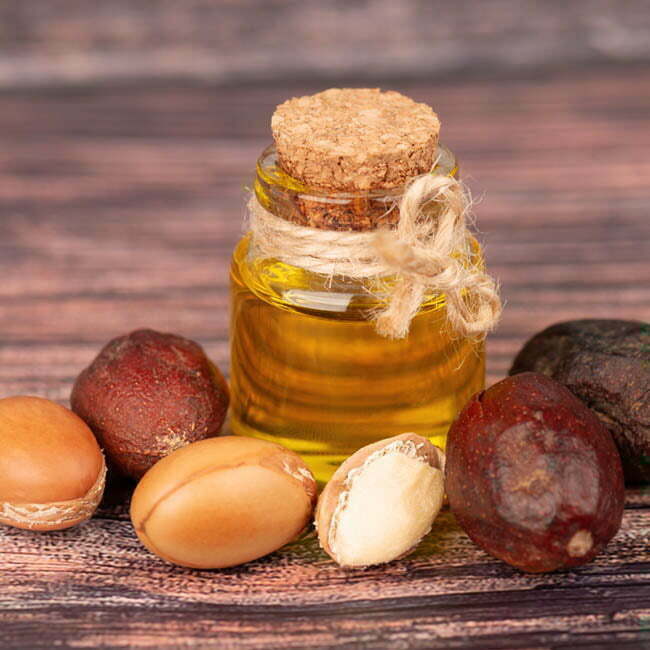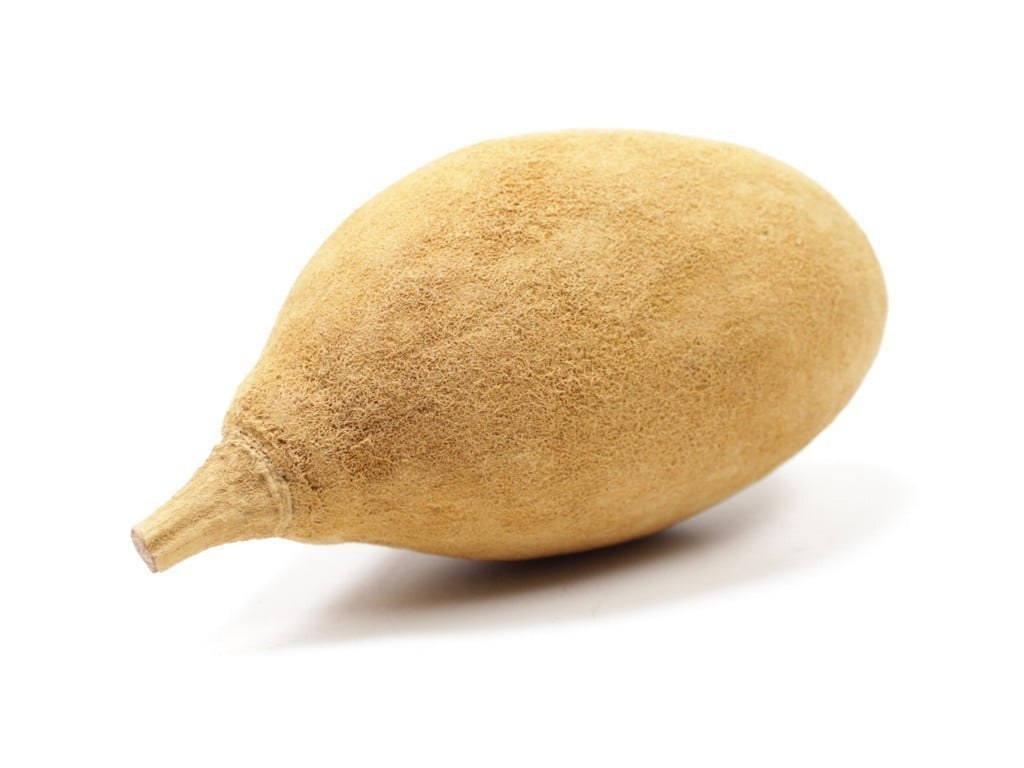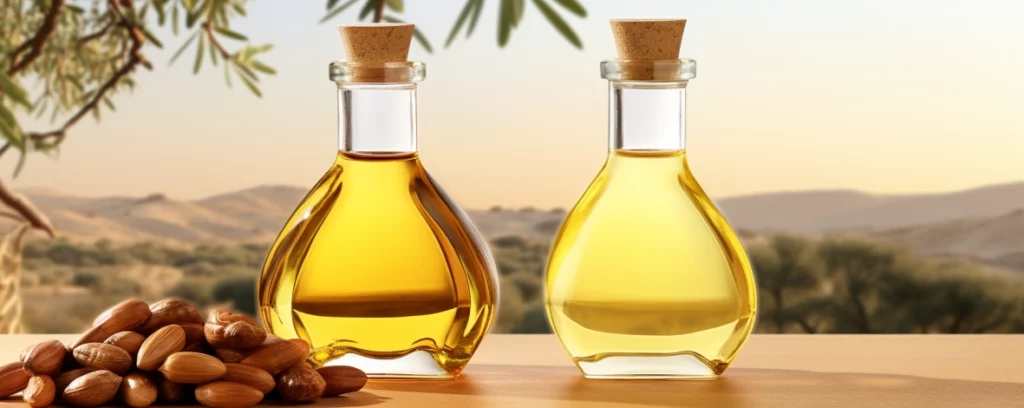In the vast tapestry of natural products that grace our shelves, few shine as brightly as Africa’s botanical gifts — argan and baobab oils. These elixirs, drawn from trees that have weathered time and climate, offer a cornucopia of benefits for skin and hair. Let’s embark on an explorative journey to understand their essence and virtues.
The Essence of Argan Oil
Argan oil, the golden-hued liquid, is sourced from the kernels of the argan tree, indigenous to Morocco. Often hailed as ‘liquid gold,’ its composition is replete with fatty acids and vitamin E. The oil’s notoriety stems from its hydrating prowess—essential for maintaining skin elasticity and hair luster.
The Baobab Chronicle
On the other hand, Baobab oil emerges from the seeds of the baobab tree—Africa’s ‘Tree of Life.’ This tree, an emblem of resilience, dots the landscape of many African savannahs. The oil is a cocktail of vitamins A, D, E, and F, alongside omega fatty acids, imparting it with reparative and moisture-retaining abilities.
Properties and Applications
The Hydrating Hero: Argan Oil
Argan oil is a hydration champion for skin and hair and is rich in oleic and linoleic acids. For skin, it’s a potent emollient, reducing dryness and flakiness. When applied to hide, it locks in moisture, taming frizz and promoting shine. Its application ranges from serums and moisturizers to hair masks and conditioners.
Baobab Oil: The All-Rounder
Baobab oil is a multitasker. It absorbs quickly, making it a preferred choice for those who detest greasy residues. Its high collagen-producing vitamin C content aids in the skin’s battle against aging, while the presence of omega-3 fatty acids promotes hair growth and scalp health. It’s found in products designed for intensive care, such as overnight treatments and leave-in hair solutions.
The Benefits Unveiled
Argan Oil: A Skin and Hair Benefactor
Argan oil’s benefits for the skin include its anti-aging effects—thanks to antioxidant-rich vitamin E that combats free radical damage. It’s a natural protection against heat and styling damage to the hair. People often report a visible improvement in hair condition and manageability with regular use.
Baobab’s Bounty for Beauty
Baobab oil is revered for its ability to soothe irritated skin and improve overall texture. Its moisture-preserving qualities make it ideal for tackling eczema and psoriasis. In hair care, baobab oil is a savior for dry, brittle strands, bestowing them with a silky smoothness.
A Comparison of Uses
In the realm of natural oils, argan and Baobab stand out for their distinct uses. Argan oil, often embraced in daily beauty rituals, is a hydrating agent for skin and a sheen-enhancing elixir for hair. It’s adept at being a regular morning and night skincare lineup player, functioning seamlessly as a facial oil or post-shower hair serum. Argan’s strength lies in its ability to blend with other products, enhancing their moisturizing properties without leaving a heavy residue.

Argan oil
Moroccan argan oil from a trusted supplier. It doesn’t smell unpleasantly. It can be used to produce all kinds of cosmetics. This oil is not refined You can sleep soundly knowing that purchasing our argan oil means getting a fresh, unthinned substance with a satisfactory vitamin E content.
Baobab oil, conversely, tends to be reserved for more intensive treatments. Its fast-absorbing nature doesn’t just leave skin free from oiliness; it allows the skin to breathe and heal. In hair care, it’s the rescue for dry, brittle strands, acting as a deep conditioner when mixed into hair masks or as a pre-shampoo treatment to bolster hair against breakage. While argan oil is a daily maintenance hero, Baobab is the SOS signal for hair and skin crying out for extra care.

Baobab seed oil
BAOBAB OIL, COLD PRESSED is gaining increasing popularity thanks to its regenerative properties. It’s ideal for daily hair and skin care.
Selecting between these oils isn’t a matter of which one is superior but which meets specific needs at any moment. Both oils, hailing from African trees, hold their ground in personal care, each with a unique profile suited to different skin and hair health aspects.
Practical Tips for Incorporation
Argan Oil: A Staple for Regular Regimens
A few drops of argan oil can be warmed between the palms and pressed onto the face for a radiant glow. As a hair treatment, applying it to damp locks can aid in detangling and adding sheen.
Baobab Oil: Intensive Care Companion
Mix baobab oil with creams for an enriched skincare routine, or add it to hair masks for an ultra-nourishing effect. It’s especially beneficial for those with damage-prone hair when used as a pre-shampoo treatment.
The Verdict
Argan and baobab oils: two botanical marvels, each a powerhouse in its own right. Argan oil, steeped in Moroccan tradition, whispers secrets of anti-aging and robust hair defense mechanisms. It’s your go-to daily ally for that enviable glow and mane strength. Lean on it for unyielding moisture, a guard against the daily onslaught of styling tools.
Now, pivot to Baobab. This oil doesn’t just work; it delves deep, reconstructing and replenishing what the elements have stripped away. It’s not everyday fare but a special forces operative you deploy when the skin rebels or hair stages a mutiny, seeking deep repair.
Yet, this isn’t a contest where one emerges the champion. Instead, it’s about finding the key that fits your lock. Argan may be the sentinel standing guard over everyday beauty regimes while Baobab waits in the wings, ready for the rescue missions.
Essentially, both oils serve as a testament to Africa’s botanical prowess. They do not jostle for supremacy but stand side by side, offering their unique brand of care. The final choice hinges on what your skin and hair are thirsting for—the gentle, daily nurture of argan or the intense, refreshing embrace of Baobab.
Conclusion
Both argan and baobab oils stand as testaments to Africa’s rich botanical heritage, offering a bevy of benefits for those seeking natural remedies for skin and hair care. Whether one chooses the protective embrace of argan oil or the reparative touch of baobab oil, these natural treasures provide a path to holistic beauty that has been traversed for centuries. Their continued popularity is a testament to their efficacy and the growing global desire for sustainable, nature-derived products. As we celebrate and utilize these gifts of nature, we also honor the land and the hands that bring them to us, weaving a tapestry of beauty that connects us with the heart of Africa.


